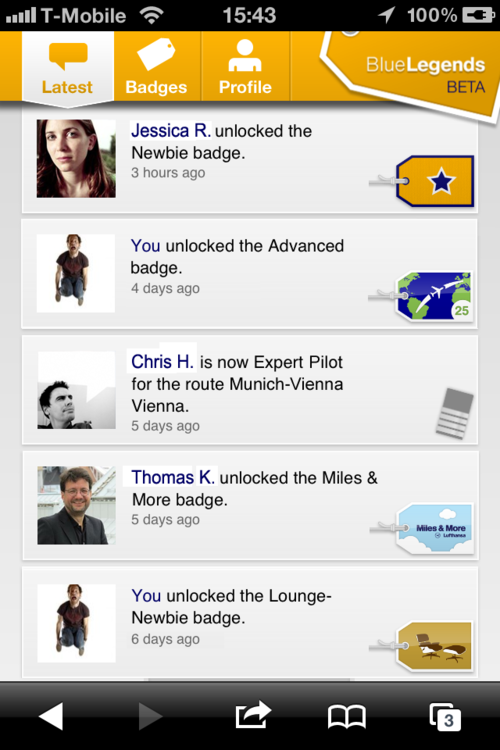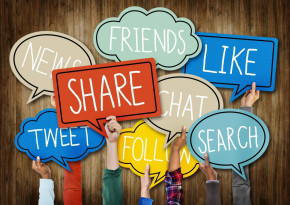Gamification – Fun and play for customer loyalty
With games, various needs of human beings can be satisfied, such as the desire for recognition or to compete with others. These thoughts are picked up with “Gamification”, which uses game mechanisms in a context that has little to do with playing, in order to create an expedient behavior in the user. From a business point of view this means that the customer interacts playfully with offers and products, so that customer loyalty or other relevant effects for the business are created. The buzz word Gamification had its origin in the year 2008. Although standard CRM concepts such as the rewards program “Miles and More” by Lufthansa show that the idea behind it has already been applied for many years: collecting points, reaching a higher status, etc.
Using game mechanisms and dynamics for CRM
In order to create a playful effect, game mechanisms are used, which again create a certain game dynamic. Popular game mechanisms are points, challenges, rankings and levels. These mechanisms create emotions with the users and lead to a game dynamic such as competition or the acquisition of a status.
Pleasure, which again influences the engagement and motivation in a positive way. Thus the captivating state during the game can be explained, when any sense of time disappears. It is the goal of Gamification to cause such a state in order to specifically motivate users.
The relevance of Gamification for customer relationship management for businesses
A prognosis of the market research institute Gartner explains the relevance of Gamification with the statement, that it will be indispensable for customer retention in the future [1]. Businesses can profit from Gamification by moving the customer to deal with the brand or products in a playful way. Fun with the “gamified” task and the deeper involvement ideally lead to higher retention and therefore increased customer loyalty, additional purchases or recommendations. As a result the concept is viewed as a popular tool for customer relationship management. But human resources already uses Gamification as well, by having applicants, e. g. complete challenges to qualify for an interview.
Samsung & Co. demonstrate how Gamification works
Bonus programs represent the most popular form of gamified marketing strategies, but there are also various other possibilities for the use of Gamification.
Samsung shows, how users can be motivated for a stronger interaction with the brand with points and rewards. For this purpose, the so-called “Samsung Nation” was designed, which rewarded users for discovering the samsung.com page. The campaign was aiming to create user engagement, strengthen customer loyalty and at the same time inform about current products and options. For each participation in the Q&A discussions or rating of products the user received points and could reach a higher level and tasks. Therefore, the Samsung example confirmed that users can be motivated to create valuable and brand-relevant contents in a playful way and, in the best case scenario, build a stronger relationship with the brand.

http://www.bunchball.com/gamification101
http://www.contilla.de/lexikon-content-gamification.php
http://www.zeit.de/2014/53/berufsleben-gamification-arbeitswelt



